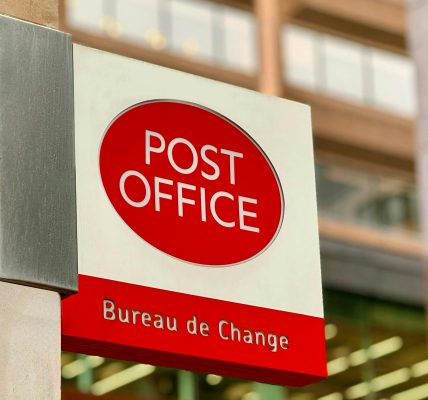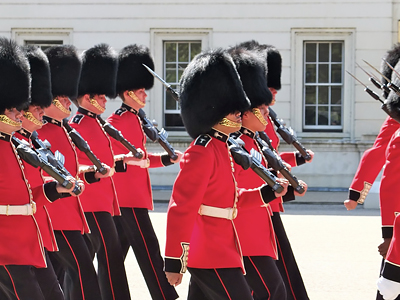We spoke with leading industry expert Ben Greenway from Storm Aviation (a leading maintenance, repair and overhaul (MRO) firm), to find out more.
With the school holidays rapidly approaching, many travellers may have concerns about the safety of flying, especially after a door panel blew out mid-flight from an Alaskan Airlines B737.
Many passengers, however, may have forgotten about the 400 Boeing and Airbus Industry aircraft which were stolen from western leasing companies and banks by Russian airlines following the invasion of Ukraine in February 2022.
Despite western sanctions prohibiting Russian airlines from flying to EU countries and the United States as well as buying aircraft parts from suppliers, Russian carriers have found ways to continue operating.
Are there regulations which govern the maintenance and operation of commercial aircraft?
Yes. After the World War II, the International Civil Aviation Organization (ICAO), was formed by the United Nations to ensure a common approach to aircraft safety and navigation.
Over the decades, bodies such as the Civil Aviation Authority in the United Kingdom and Federal Aviation Authority in the US have taken the lead on aircraft airworthiness and the licencing of aircraft engineers.
A key player in European Union Aviation Safety Agency (EASA) which is responsible for issuing aircraft airworthiness certificates and other design-related approvals for aircraft, engines and parts.
To answer the rhetorical question ‘why is this important?’, if you don’t play by the rules of the EASA, you cannot fly commercial aircraft in European aerospace.
The regulatory regime is quite stringent; what does this mean in practice?
Each aircraft operator must keep detailed records, especially the maintenance planning document (MPD), which outlines the repair and inspection schedule for the aircraft.
This may seem unglamorous but certain aircraft parts are limited by flight hours or number of miles flown and must be inspected or replaced on expiry.
An adequate audit trail must be kept, usually in triplicate and be backed up.
What does this mean for Russian airlines?
In the absence of new parts, there may be the temptation to not to change parts once they are time expired or increasingly worn.
Aircraft are complex machines and rely on all maintenance being performed correctly and properly signed off before an aircraft can be released to service.
What are the potential issues with parts purchased from third parties?
Many parts are subject to temperature control and must be kept dry. Hence parts are hermetically sealed for storage before use to prevent corrosion.
Is there a market outside of the EU control where Russian airlines could obtain the parts?
Yes, but with the exception of smaller parts, e.g. certain bolts, these must have a service history.
An aircraft is a collection of parts. For example, when Monarch Airlines collapsed, many of their aircraft, e.g. the airframe, landing gear and engines were owned by different parties and required a full-service history before onward sale.
What happens if an airline uses an uncertified aircraft part?
There are two issues here, the parts and approval from the parts manufacturer to perform routine maintenance.
It is very difficult to independently manufacture aircraft parts in the garden shed as they are manufactured to specific standards to guarantee reliability and safety. Many parts require specialist tools and qualified engineers to replace and fit as well.
If a part is time limited for 10,000 hours and correctly fitted, there should be no need to check until this threshold is reached.
If an operator is using unapproved parts, one can’t guarantee the hours and maintenance schedule.
What about counterfeit parts?
Some reverse engineering is possible but it is resource intensive as the parts can’t easily be copied.
EASA issues regular warnings to airlines about suspected counterfeit parts and it expects airlines to independently verify the service history with previous owners.
The second car analogy applies. If the seller of a second-hand vehicle advertises it as only had one owner with 20,000 miles on the odometer, but the buyer discovers from the DVLA is has had six owners and done 70,000 miles, the buyer or airline should decline.
Russian operators have also lost channels of communication with western manufacturers. Even if they acquired original equipment manufacturer (OEM) parts by fair means or foul, due to sanctions they can’t ask the manufacturer for advice on repair and fitting.

